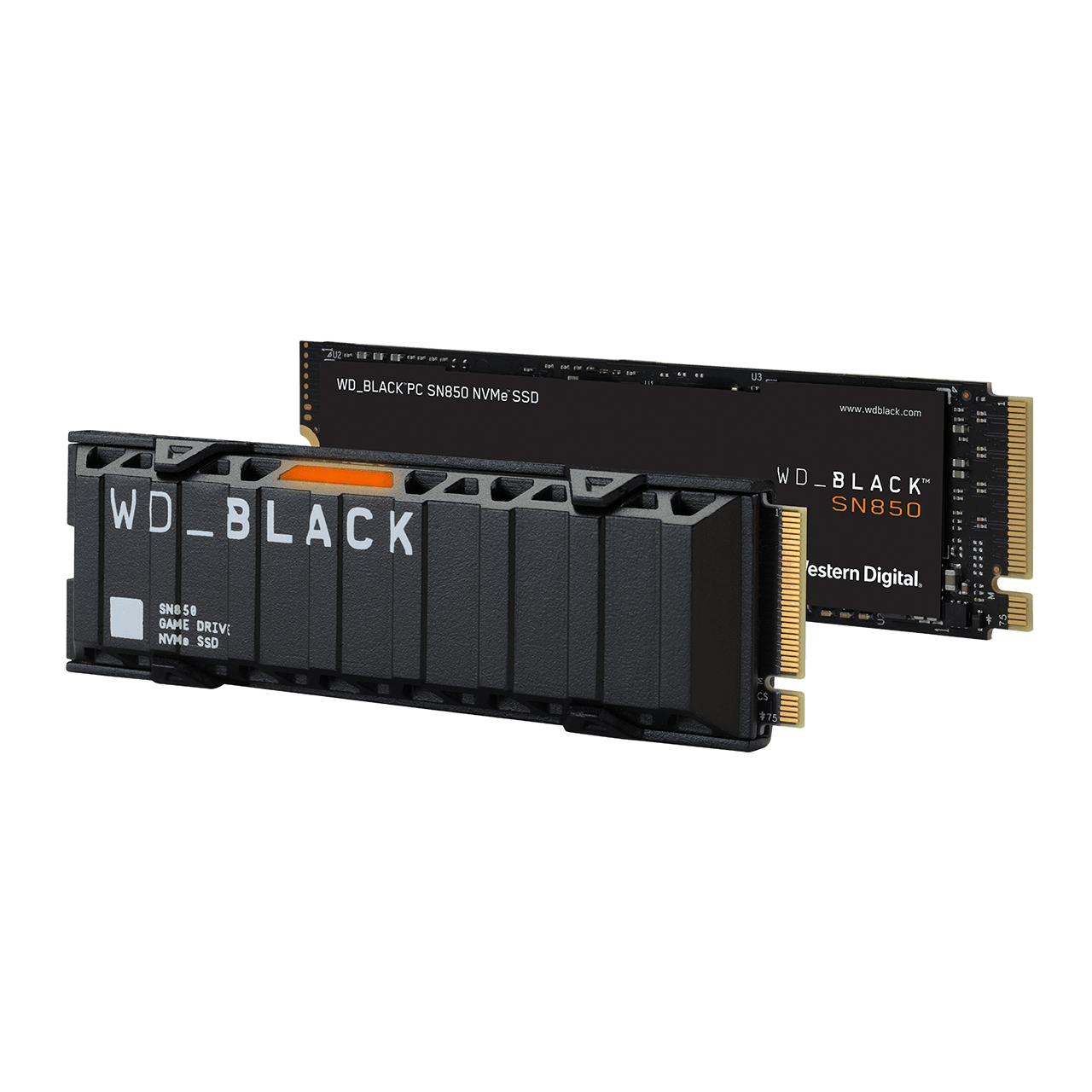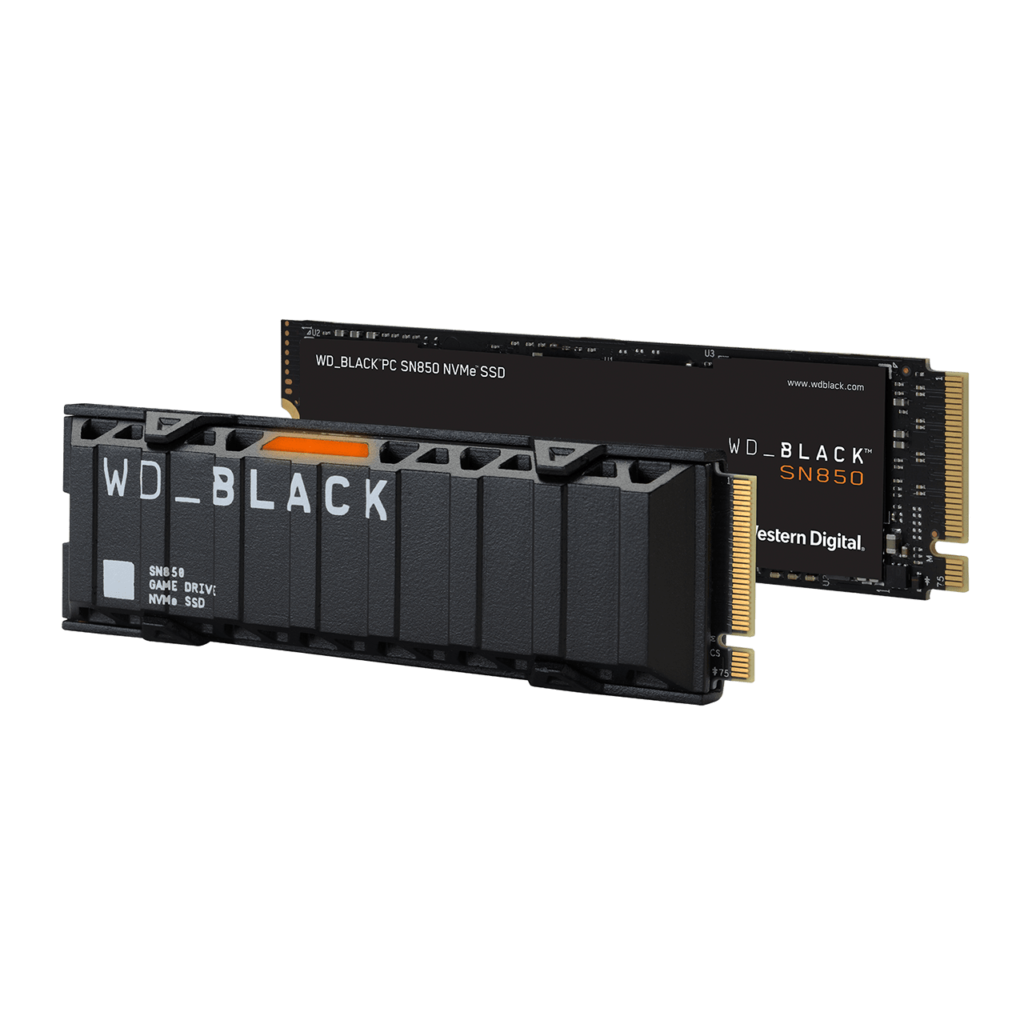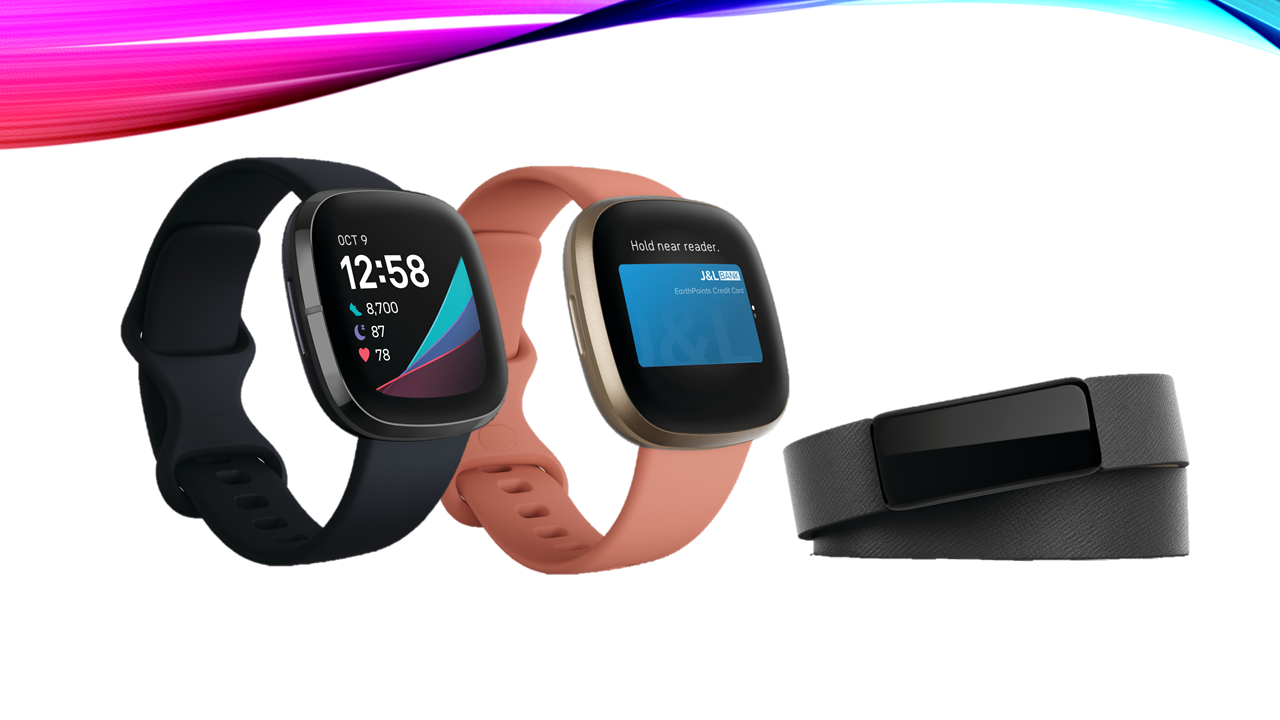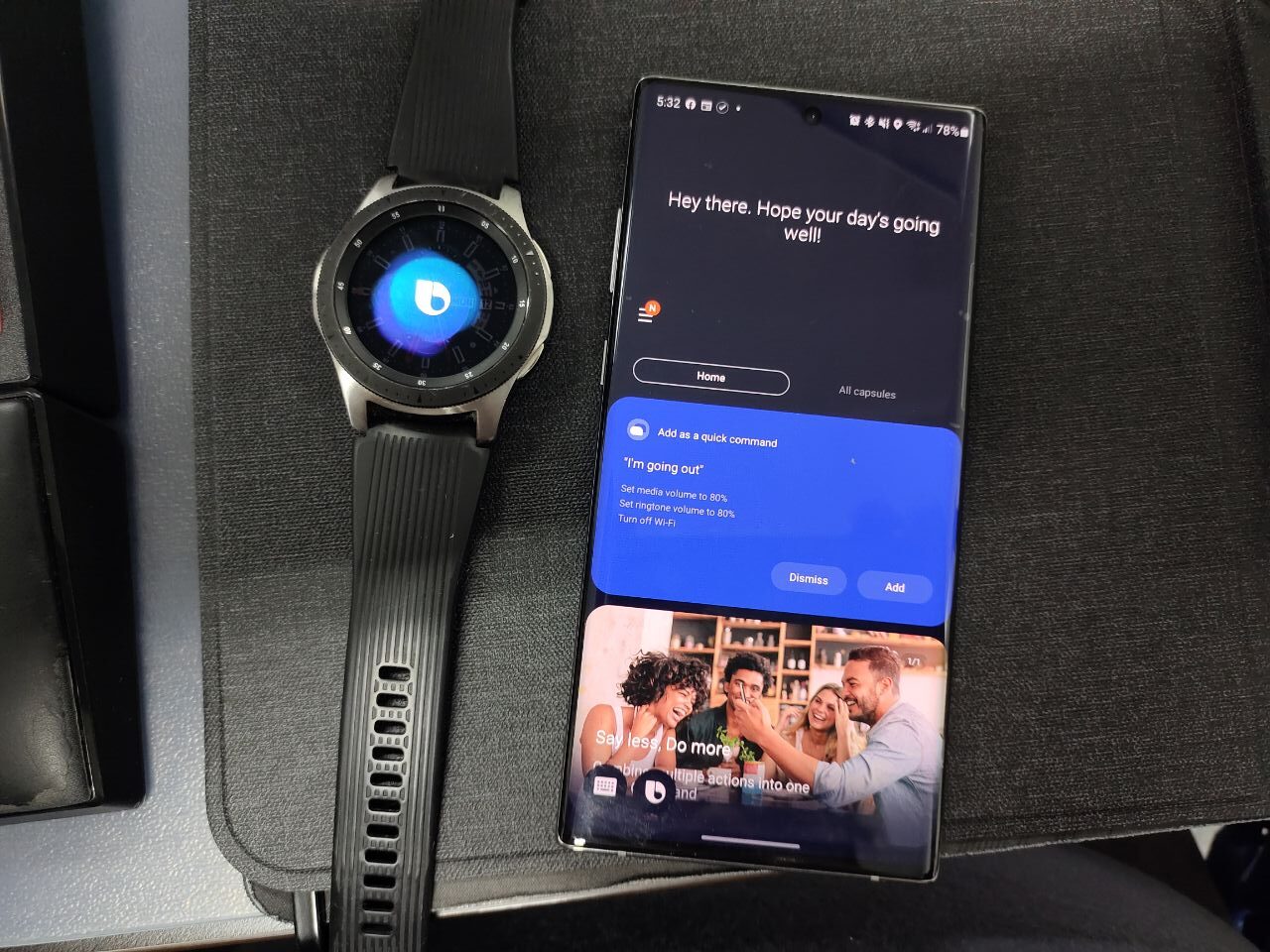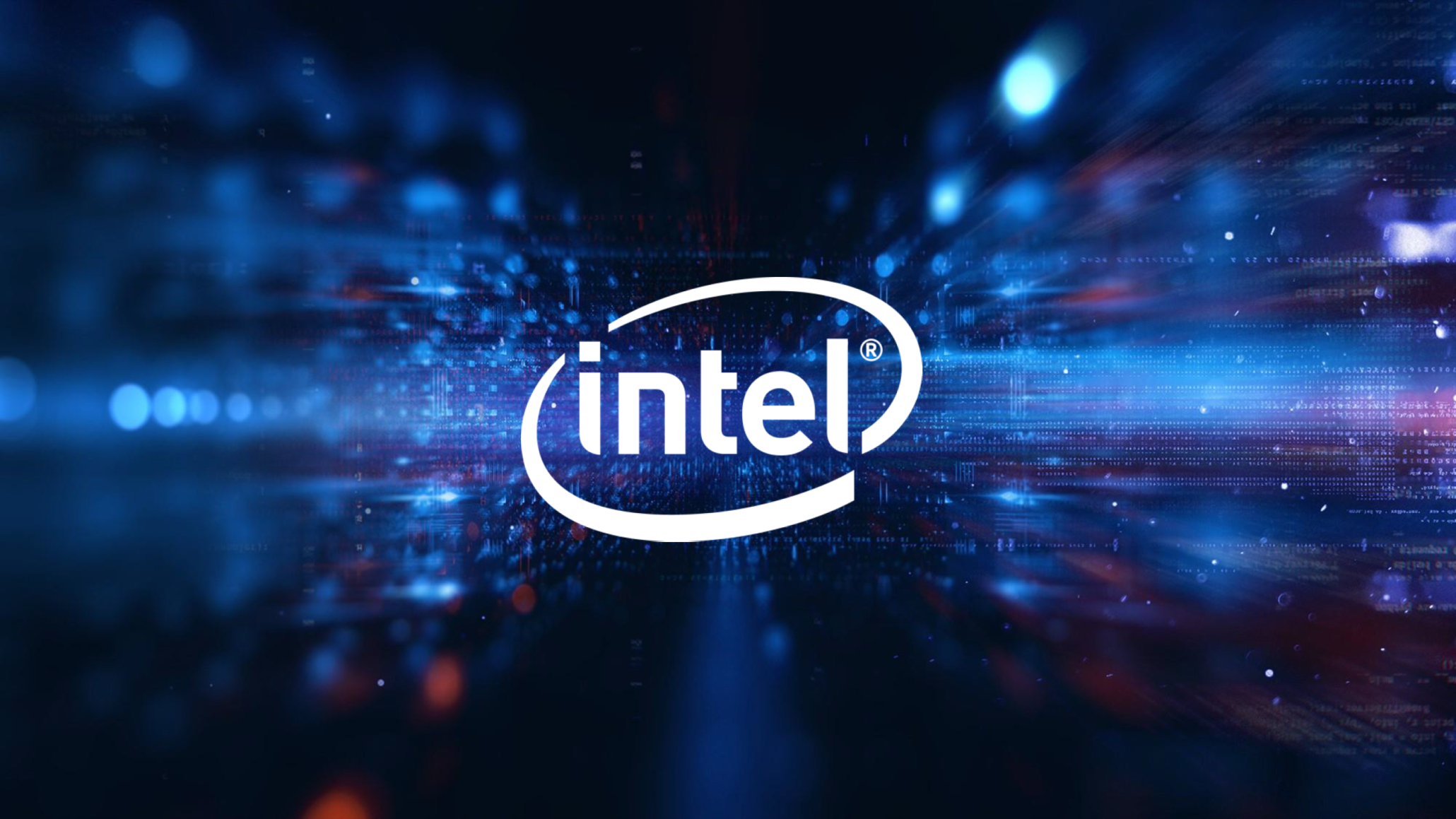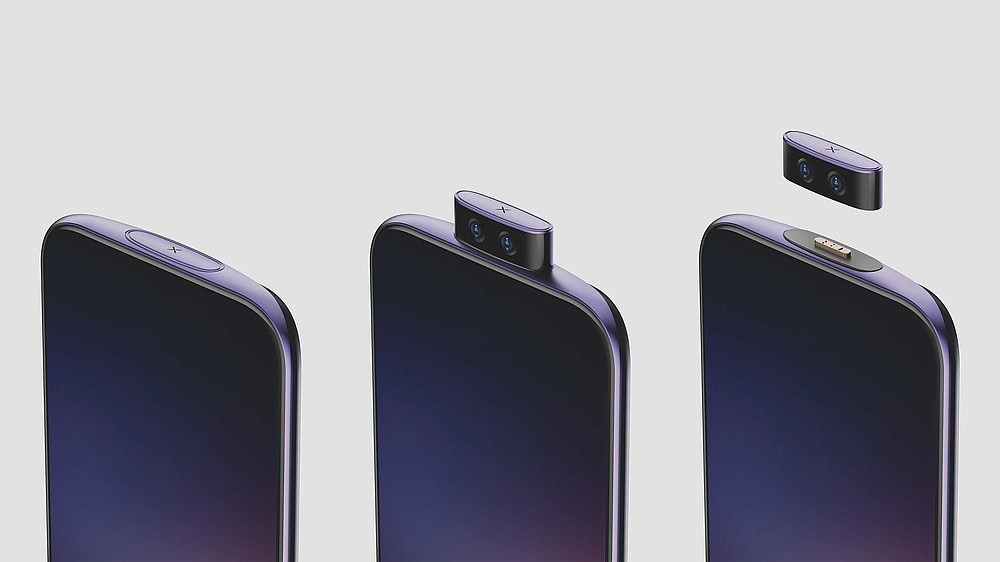Western Digital (WD) has stolen the limelight of Samsung with their latest announcement of their newest PCIe 4.0 Solid State Drive (SSD) offering a serious performance for gamers, along with an NVMe SSD add-in-card, plus a game dock. They call it the Black, and it it serious. It is seriously fast.

The latest WD Black SN850 is the fastest SSD to boot currently, faster than Samsung’s recently announced Samsung SSD 980 Pro. At least in write speeds, it is. The WD Black SN850 offers up to 7000MB/s and 5300MB/s (300MB/s faster than the Samsung) with a brand new cache technology that should help reduce load times on PC or in games.
Furthermore, WD also mentions that the SN850 offers a smooth and responsive gaming experience with up to 1,000,000 random read IOPS. The new drive is powered by the WD/Kioxia BiSCS4, which is a 96-layer TLC 3D NAND memory. What does that mean? It just means that your games will never run the same. That, or you will never play your games the same way.

WD will also sell the SN850 with an optional heatsink. The heatsink features a gamer-aesthetic sleek design, along with an RGB lighting system that is customizable with the WD Black Dashboard software. The RGB system only comes with the heatsink-equipped WD Black SN850 drives, so if you are a fan of RGB, you know your pick. With that kind of read/write speeds too, you might want to ensure that your SSD remains cool to work with.
PCIe 4.0 drive became the most demanded type of drive since the Sony PlayStation 5 (PS5) demo and introduction, with good reason. While Sony hasn’t exactly published any sort of official compatibility list for the drives that can work best on the new console, WD has already marked the WD Black SN850 as PS5 compatible. We wonder if the WD Black SN850 with a heatsink would fit well on the PS5’s PCIe 4.0 M.2 slot.
Maintaining that compelling price-performance ratio, the SN850 will likely prove a potent challenger for Samsung’s 980 Pro when WD’s drive goes on sale before the end of October (a heatsink-equipped version of the SN850 will follow in 2021, costing a bit more). The new drives come with an optional heatsink, RGB lighting, and comes in 500GB, 1TB, and 2TB capacities. If you want one, the 500 GB variant without the heatsink will set you back US$ 149.99 (MYR 618*), the 1TB will set you back US$ 229.99 (MYR 949*), and the 2TB (which we suspect might not make it to Malaysia) will set you back US$ 449.99 (MYR 1,862*). The heatsink will add US$ 20 (MYR 83*) to your purchase.
* Based on Approximate Rate US$ 1 = MYR 4.14 as of 12/10/2020
